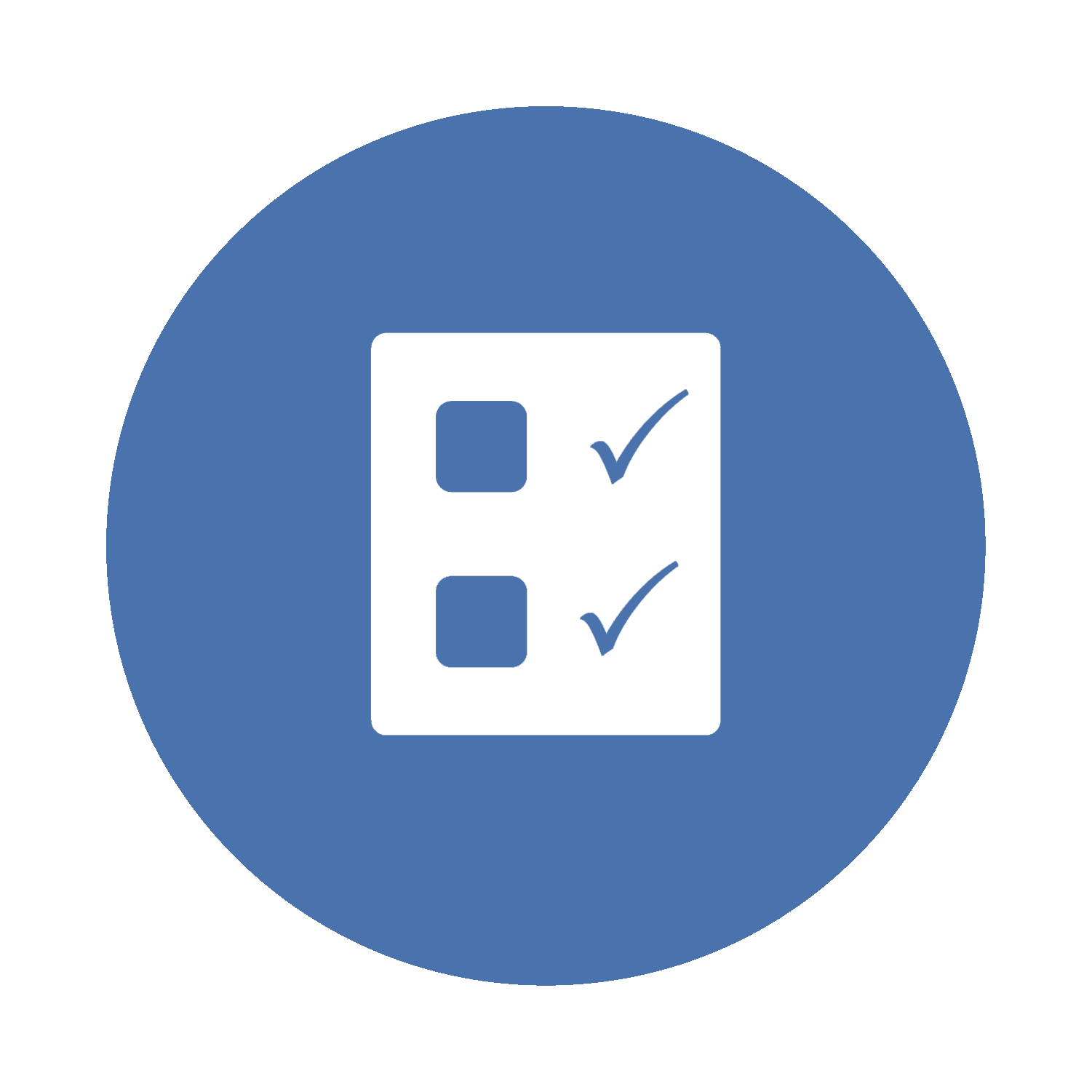04. Enterprise IS Governance, Risk Management, and Controls
04.02. Governance of Enterprise IT (GEIT)

 Briefly reflect on the following before we begin:
Briefly reflect on the following before we begin:
- How can effective governance of enterprise IT (GEIT) contribute to an organization’s strategic objectives?
- What role does the board and senior management play in the GEIT?
- What are some of the common challenges organizations face in implementing GEIT?
At its essence, GEIT is about aligning IT strategy with business goals by ensuring that technology supports and enhances business objectives. In this section, we will understand the nature, importance, and scope of GEIT. Our exploration starts with defining GEIT. What is it? Why is it vital for organizations? These questions form the foundation of our discourse.
Next, we will delve into the critical components of GEIT to understand how GEIT operates within an organization. It’s a complex mix of processes, structures, and relational mechanisms; each component plays a specific role. They ensure that IT delivers value and manages risks and resources effectively. One of the most critical aspects of GEIT is the role of leadership, particularly the board and senior management. We will highlight these leaders’ strategic role in steering the IT ship. It’s about the decision-making processes, the oversight, and the strategic direction they provide.
Lastly, GEIT is not without its challenges. Implementing an effective governance structure in IT is complex as it involves various stakeholders, each with different interests and perspectives. We will review these challenges and share insight into overcoming common obstacles and best practices for successful implementation.
The Nature, Importance, and Components of GEIT
Governance of Enterprise IT (GEIT) fundamentally shapes how organizations manage and control their IT resources. It refers to the framework and practices that ensure IT resources are used effectively to meet organizational goals. It is about aligning IT with business strategies, ensuring technology investments deliver value and support business outcomes. The importance of GEIT stems from the central role of technology in today’s business operations. In an era where digital transformation drives competitive advantage, effective governance of IT is crucial. GEIT helps organizations manage risks associated with IT, such as cybersecurity threats and compliance issues. It also ensures that IT investments are aligned with business priorities, optimizing resource utilization and enhancing operational efficiency.
Leadership is vital in GEIT as it requires commitment and involvement from the top levels of an organization, including the board and executive management. Leadership in GEIT means setting the vision and direction for how IT should be governed and managed. It involves making strategic decisions about IT investments and policies and ensuring that the organization’s governance framework supports its business objectives and risk appetite. Lastly, organizations must ensure that their IT practices comply with legal, regulatory, and policy requirements. This compliance is about avoiding penalties and maintaining trust and reputation among customers, partners, and stakeholders.
Practical Governance of Enterprise IT (GEIT) comprises five core components that work together to ensure effective and strategic use in organizations.
- Governance Framework and Setting Maintenance
- This involves establishing clear policies that guide IT governance and management. These policies act as a blueprint, directing how IT should be aligned with business objectives, managed, and controlled. The governance framework sets the standards for IT operations, decision-making processes, and IT staff and management roles and responsibilities. It’s about creating a structured approach that supports consistent, effective IT governance practices across the organization.
- Benefits Delivery
- Benefits delivery means ensuring that IT resources – including human, financial, and technological – are utilized effectively and efficiently. Optimizing resources involves planning to ensure IT investments align with business priorities and deliver the necessary capabilities. This component is critical to avoiding resource wastage and ensuring that IT contributes to operational efficiency and the organization’s overall success.
- Risk Optimization
- This involves identifying, assessing, and managing IT-related risks to support the organization’s broader risk management strategy. Effective risk optimization ensures that IT risks – such as cybersecurity threats, data breaches, and system failures – are managed proactively. This involves implementing risk management practices that protect the organization’s information assets and support informed decision-making and risk-taking, which are crucial for innovation and growth.
- Resources Optimization
- Resources optimization ensures that IT investments and operations deliver maximum value to the business. It’s about aligning IT services and projects with business goals, measuring and demonstrating their contribution to business outcomes. Value optimization involves continually assessing the performance of IT services and projects to ensure they meet expected benefits and adjusting strategies to maximize returns on IT investments.
- Stakeholder Transparency
- This component ensures that stakeholders, including management, the board, and external parties, are informed about IT performance, risks, and issues. Effective monitoring and reporting involve establishing mechanisms for tracking and evaluating IT operations and communicating these findings clearly and concisely. This transparency is crucial for building trust among stakeholders, supporting informed decision-making, and ensuring accountability in IT governance.
All five core components work synergistically to create a comprehensive IT governance framework and ensure that IT is managed in a way that supports business objectives, governs risks effectively, delivers maximum value, and maintains transparency and accountability to stakeholders. Implementing these components effectively is critical to realizing the full potential of IT in driving organizational success and sustainability.
The Role of the Board and Senior Management in GEIT
The role of the board and senior management is not a mere procedural necessity; it is a strategic imperative that drives the success of IT governance. Setting the vision and direction for IT governance is at the forefront of their responsibilities. The board is accountable, while senior management is responsible for establishing the overarching goals and objectives of IT, aligning them with the broader business strategy. This strategic direction is essential for guiding the organization’s IT decisions and investments, ensuring they support and enhance the overall business objectives.
They also play a critical role in establishing and maintaining a solid governance framework by approving and overseeing the implementation of IT governance policies and practices. This oversight ensures that the IT governance framework is in place, practical, and aligned with the organization’s needs and goals. It provides that the governance framework addresses risk management, resource allocation, and performance measurement. In doing so, they promote a culture of IT governance within the organization. They set the tone at the top, influencing the organization’s attitudes and behaviours toward IT governance. Their commitment to IT governance is crucial for fostering a culture where IT is seen as a strategic asset and an integral part of the business.
Communication is another crucial aspect of their role, where the board and senior management must ensure effective communication about IT governance within the organization. This involves communicating the importance of IT governance to all levels of the organization, ensuring that everyone understands their roles and responsibilities in IT governance and that there is alignment and buy-in across the organization.
Common Challenges and Leading Practices in GEIT
Despite its crucial role in aligning IT with business objectives, several common challenges can impede its effective implementation. Understanding these challenges and adopting best practices is vital to overcoming them and ensuring successful GEIT implementation.
One significant challenge in GEIT implementation is resistance to change. Introducing a new governance structure can often be met with professional skepticism or reluctance, especially if it requires altering well-established procedures. Overcoming this resistance requires effective change management strategies. Organizations should communicate the benefits of GEIT clearly and consistently to involve stakeholders at all levels early in the process, ensuring their input and buy-in are considered to help ease the transition and foster a receptive culture to change.
Another challenge is aligning IT with business goals. Many organizations have a disconnect between IT operations and the broader business strategy. To address this, senior management and IT leaders should work collaboratively to ensure that IT goals and strategy directly support business objectives. Regular meetings and clear communication channels between IT and business units can facilitate this alignment. Additionally, setting clear KPIs that reflect IT performance and its impact on business goals can help maintain this alignment. Resource constraints, including budget and staffing limitations, also pose challenges in GEIT implementation. IT projects and investments that offer the most significant benefits to the business can ensure the efficient use of limited resources. Outsourcing non-core IT functions and adopting cost-effective technologies like cloud services can also be part of the solution to manage resources better.
The complexity of IT systems and the rapid pace of technological change further complicate GEIT implementation. Organizations should adopt flexible and scalable governance frameworks that adapt to changing IT landscapes to manage this. Regular training and development programs for IT staff to stay updated with the latest technologies and best practices are also crucial.
In response to these challenges, some leading practices for successful GEIT implementation include the following:
- Strong Leadership Commitment
- The commitment of senior management (held responsible) and the board (held accountable) sets the tone for IT governance, and providing the necessary support is critical to successful implementation.
- Stakeholder Engagement
- Engaging stakeholders at all levels in the planning and implementation ensures that their needs and concerns are addressed to foster a sense of ownership and support for the governance initiatives.
- Clear Communication
- Effective communication about the goals, processes, and benefits of GEIT through regular updates and transparent communication helps build trust and ensure everyone is aligned with the governance objectives.
- Continuous Monitoring and Improvement
- GEIT is an ongoing process. Regular monitoring and review of the governance practices help identify areas for improvement and ensure that the governance framework remains relevant and practical.
- Tailored Approach
- Each organization is unique, and a one-size-fits-all approach to GEIT could be more effective. Tailoring the governance framework to fit the organization’s specific needs, culture, and objectives is crucial for its success.
 In the Spotlight
In the Spotlight
For additional context on effective governance of enterprise IT (GEIT, please read the article titled “Creating Value with an Enterprise IT Governance Implementation Model Using COBIT 5” [opens in new tab].
Inaba, R. (2016). Creating value with an enterprise IT governance implementation model using COBIT 5. ISACA Industry News. https://www.isaca.org/resources/news-and-trends/industry-news/2016/creating-value-with-an-enterprise-it-governance-implementation-model-using-cobit-5
 Key Takeaways
Key Takeaways
Let’s recap the key concepts discussed in this section by watching this video.
Source: Mehta, A.M. (2023, December 6). AIS OER ch 04 topic 02 key takeaways [Video]. https://youtu.be/mF49vWBK1XQ
 Knowledge Check
Knowledge Check
 Review Questions
Review Questions
- What is the importance of setting a robust governance framework in GEIT?
- How does resource optimization benefit an organization in GEIT?
- What is the role of risk optimization in GEIT, and why is it important?
- Explain the benefits or value optimization concept in the context of GEIT.
- Why is stakeholder transparency through effective monitoring and reporting essential in GEIT?
 Mini Case Study
Mini Case Study
Imagine you are an IT governance consultant for a mid-sized manufacturing company. The company faces challenges in aligning its IT operations with its business strategy, managing IT risks, and demonstrating the value of IT investments to stakeholders. The CEO has tasked you with improving their Governance of Enterprise IT (GEIT) practices. Based on the following specifics, recommend a course of action:
- The company’s IT and business units operate in silos, leading to misaligned objectives.
- There is a lack of standardized IT governance policies.
- The company recently experienced a data breach, highlighting weaknesses in its IT risk management.
- Stakeholders are questioning the ROI of recent IT projects.
- The company lacks a systematic approach to monitoring and reporting IT performance.
Required: How would you improve the company’s GEIT practices based on these specifics? Provide a detailed response.
The process of managing IT-related risks in alignment with the organization’s broader risk management strategy.
An attitude of questioning and critical assessment of evidence and representations made during an audit.

